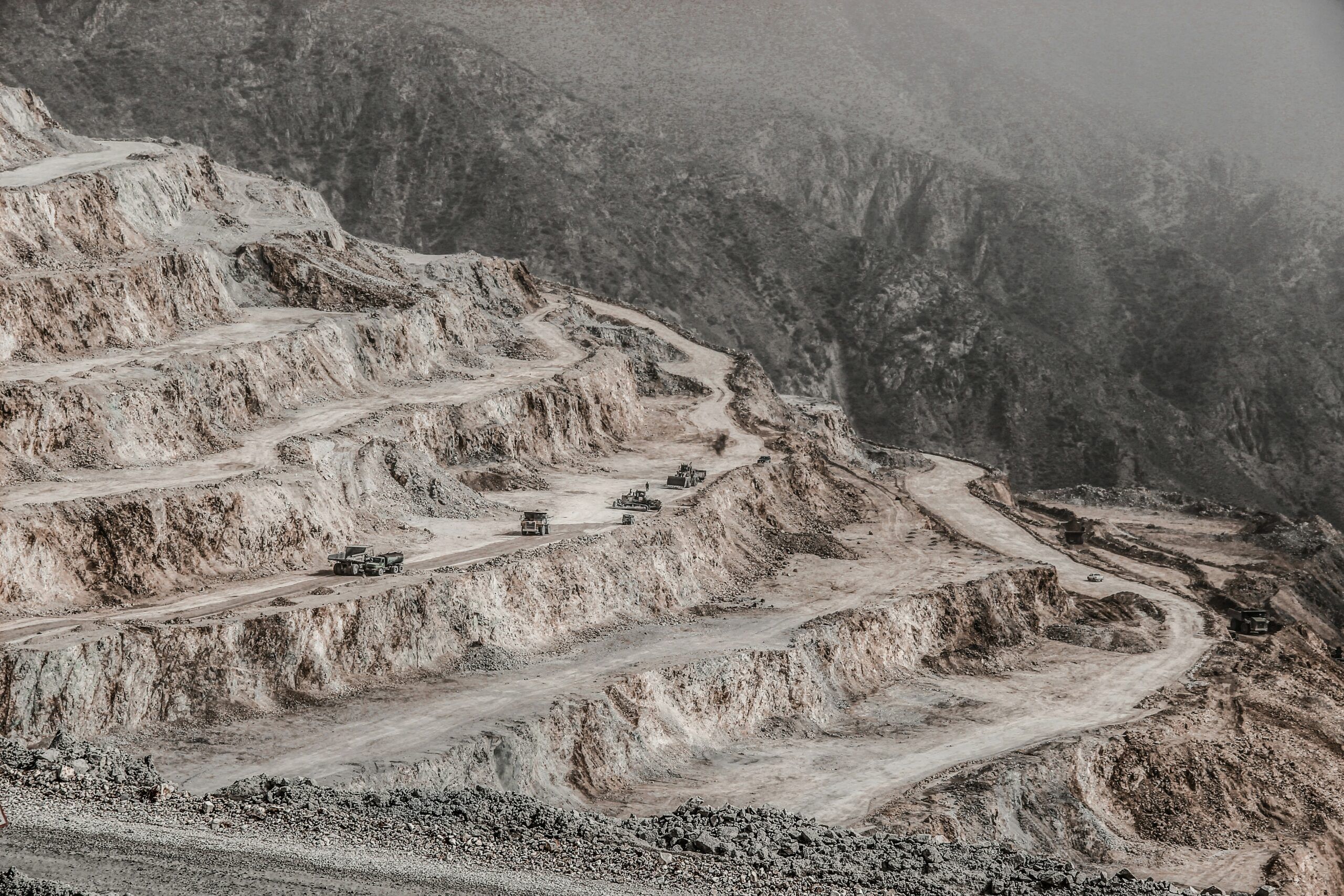
Are Critical Minerals China’s Trump Card?
Among the many things coveted by President Donald Trump, experts suggest “Critical Minerals”* are somewhere very near the top of the list. The reason why critical minerals are so important is that they are essential in many products such as electric car vehicles, military hardware, iPhones, clean energy, and semi-conductors, to mention but a few. There is a sub-sector or subset of Critical Minerals known as REEs** (Rare Earth Elements) and both play a crucial role in various technologies.
*Critical Minerals – These are a broad group of minerals considered essential and deemed vital for national and economic security. They are deemed critical due to their importance in modern technologies including defence and energy sectors, and all major industries, but are vulnerable to supply chain disruption. Examples of critical minerals are copper, lithium, nickel, cobalt, graphite, silicon, tungsten, platinum group metals and rare earth elements.
** REEs / Rare Earth Elements – Often confused with Critical Minerals, this subset makes up a highly specific category within the critical mineral family and are made up of 15 elements in lanthanide series within the periodic table plus two who are outside the periodic table. These elements are known for their unique magnetic, catalytic, and other properties. The word rare is confusing because these elements are not so rare in the earth’s crust but found in relatively low concentration. China currently dominates the market in Rare Earth Elements.
When President Trump had finished slapping China with increase after increase in punitive tariffs, one of the responses from Beijing was to introduce controls in exports on certain elements in the Rare Earth Element category. Indeed, the Rare Earth Elements chosen by the Chinese government could be very disruptive to the United States as it is designed to have maximum impact on the American military-industrial complex. Currently, China has the greatest global control over supply of these elements and is being used as a negotiating tactic as the US/SINO trade war escalates.
Many experts are now saying that some of the tariffs introduced by President Trump are self-defeating, and this scenario is playing out in the critical mineral and rare earth element arena. China is recognised as far and away the major player within this sector, but it has an even bigger grip on the refining and processing of these minerals/elements (aka the mid-stream) rather than just the mining. Indeed, recent data released by the US Geological Survey showed that China led production in 33 of 44 critical minerals, and figures show that in 2023 China mined in excess of 75% of the world’s graphite which is the main element used in the anodes of batteries.
Whilst the western world and the United States sat back and did nothing, China has spent many years building up their dominance in the critical mineral market, not only through domestic availability (including processing) but by investing in infrastructure in overseas destinations, in return for securing supplies of minerals. Experts suggest that it will take years for the United States to build up critical mineral infrastructure in order to bypass China’s current hold in the marketplace, so to this end could Beijing hold the Trump Card in trade negotiations with the United States.
You may also like
- The Bank of Japan Raises Interest Rates to Their Highest Level in 30 Years
- European Central Bank Holds Interest Rates
- Decoding the Fine Print: Key Terms in a Loan Agreement Every Director Should Know
- Unlock Global Trade: Your Guide to Cash Flow Lending for High-Volume Importers
- Managing Construction Costs: What is a Peak Debt Facility and How to Fund It

Other facilities
IntaCapital Switzerland | Copyright © 2025 | All Rights Reserved